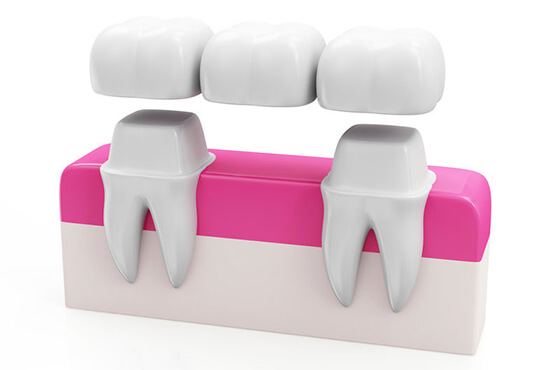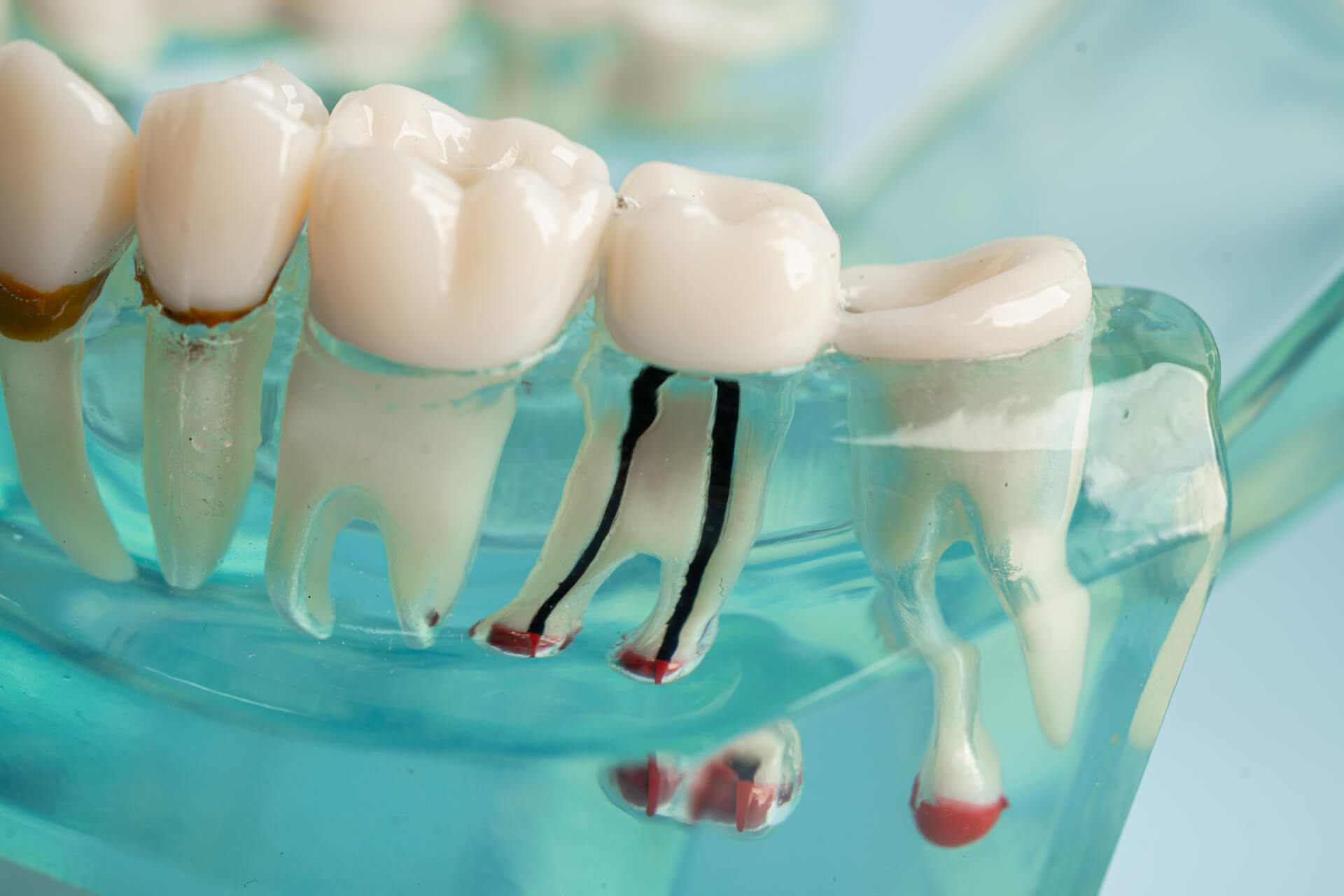General Dentistry
Comprehensive Exams
A comprehensive exam is a thorough evaluation of your oral health and sets the foundation for future dental exams and treatment. Unlike routine dental checkups, the comprehensive exam is more in depth and therefore takes more time to complete. It involves your dentist conducting a full examination of your muscles, joints, bite, teeth, gums, and issues, and provides you and your dentist the means to determine the wellbeing of each component and the system as a whole. By understanding all of the variables involved, you and your dentist can feel confident that any treatment is designed for your best long‐term dental health & wellness.


Routine Hygiene Care & Soft Tissue Management (STM)
Routine oral hygiene appointments are vital to maintaining your dental & overall health. These visits not only allow our hygienists to keep your teeth and gums in optimal shape, but help the dentist maintain an ongoing knowledge of the status of your oral health. Keeping up with your regular hygiene visits can help prevent or lessen the effects of decay and gum disease, and may allow your dentist to identify potential issues early, thereby avoiding more extensive and costly treatment later on.
During your regular dental check‐ups, you are also screened for periodontal disease, which can occur when bacteria get trapped below the gumline, and can cause symptoms such as deep pockets or bleeding
in the gums. Periodontal disease is a serious condition that, if left untreated, can lead to bone loss, recession, and eventual tooth loss, as well as increase your risk for conditions like diabetes, stroke, cancers & heart disease. Our hygienists are highly skilled in noticing the signs of periodontal disease, and offer 3 levels of soft tissue management (STM) to treat and remove active disease, as well as maintain your longterm dental health after treatment.
Composite Fillings
Natural teeth can be susceptible to decay from sweets, acids, poor homecare, or genetic predisposition. When decay does occur, a composite filling can be the right solution. “Composite” is a tooth‐colored blend of plastic resins and silica fillers that mimic many of the qualities of natural tooth structure. They help replace decayed tooth structure that is removed during the filling process, and restore strength, wear‐resistance, and natural color to the tooth.


Crowns & Bridges
Sometimes the decay or damage affecting a tooth can be greater than can be fixed with a simple filling. Crowns are a superior option that restore the function and structure of a tooth by surrounding it with a ceramic cover from edge to gumline. They are stronger and more durable than fillings, and can be used to repair a single tooth, or multiple teeth.
In some cases, crowns can also be used to restore the space where teeth are missing. A bridge is a permanently cemented restoration that uses the nearby teeth as anchors, and uses crowns to span the gap where one or more teeth are missing. Bridges are a financially conservative option for replacing missing teeth, and help maintain the shape of the face and restore balance to your bite.
Root Canals
If decay is deep enough to reach the root of a tooth, a root canal may be required in order to sufficiently remove the decay and prevent infection. Using specialized tools, the dentist can remove and fill the affected roots, which should eliminate pain and provide resistance to future decay from within. Without the vital blood flow supplied by the root, teeth often become brittle, and a crown is required following the procedure to restore strength and structure to the tooth and prevent future damage.

